Review of IDS Imaging UI-1240ML-NIR-GL camera
IDS Imaging UI-1240ML-NIR-GL is a camera that I use from some time now. It's equipped with one of newest CMOS sensors - e2v EV76C661. In the past I tested cameras with the previous generation of e2v CMOS sensors - IDS cameras, as well as Ximea. New generation promises higher sensitivity. Is that true I'll try to answer in my review.
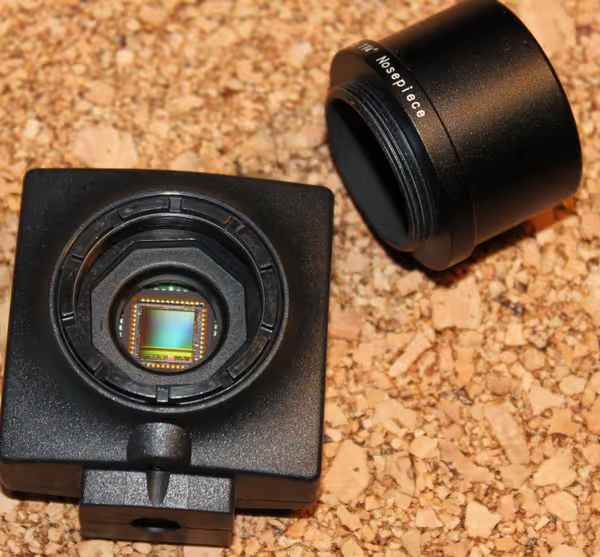
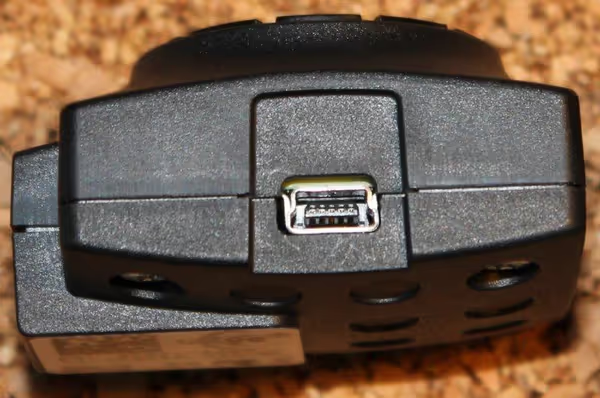
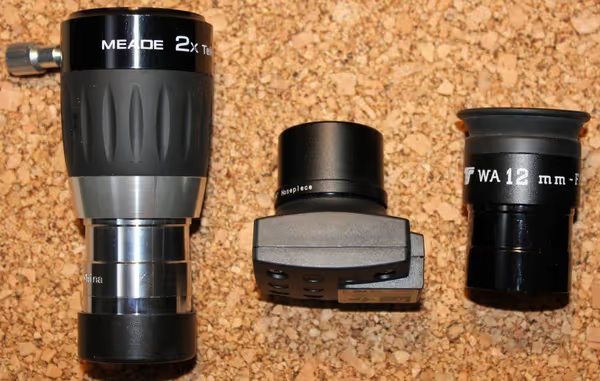
About the camera
I've picked the standard USB2 model (there are USB3/GigE) which records full frame at 25 FPS. Smaller sub-frames can be recorded faster. The camera is connected to the computer via mini USB cable. From the sensor side we have a standard C-mount so all 1,25" nosepieces for machine vision/industry cameras will work.
IDS cameras are supported by Fire Capture, Genika and application provided with the drivers. In FireCapture you can also set the speed at which you want to record. There is/may be a small bug - if you set it to max the real speed (shown on the right panel) will drop. To get "max" speed set 1-few FPS less than maximum - that should fix it and show good speed on the right panel.
Newer sensors are more expensive. Nett prices will be higher than DMK21AU618 gross price in a shop. If you want a multipurpose camera this may be it. If you want it primarily for Moon or for Sun - look also at the cheaper older generation.
Sensor performance
I wrote previously a bit about those new e2v sensors. The new EV76C661 was designed to give more sensitivity, although not as much as EV76C660. Airylab did a QE chart and you can see that the new sensor has superb IR sensitivity as well as good visible light response.
Saturn in infrared easily gave bright image without the need of using high gain. You can notice the IR performance. On blue/green channel where Saturn is dim I had to use high gain which revealed a lot of noise and hot pixels. The camera has hot pixel correction which works quite nicely. 30 ms, high gain and you get such noise. That means that the dark current is high (assuming read noise is as low as stated in sheets).
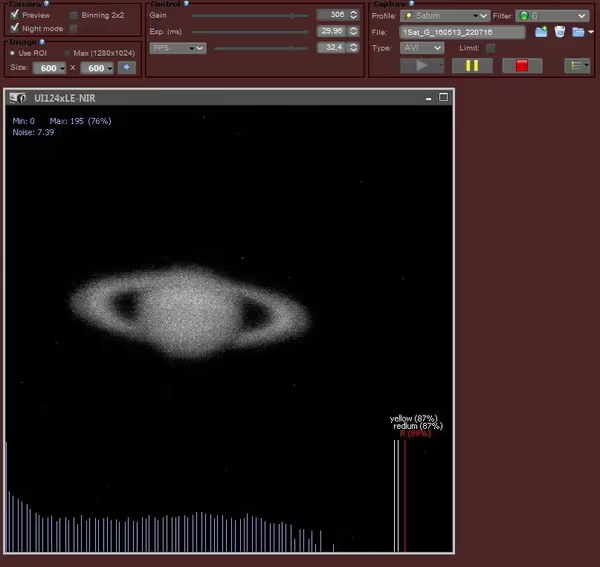
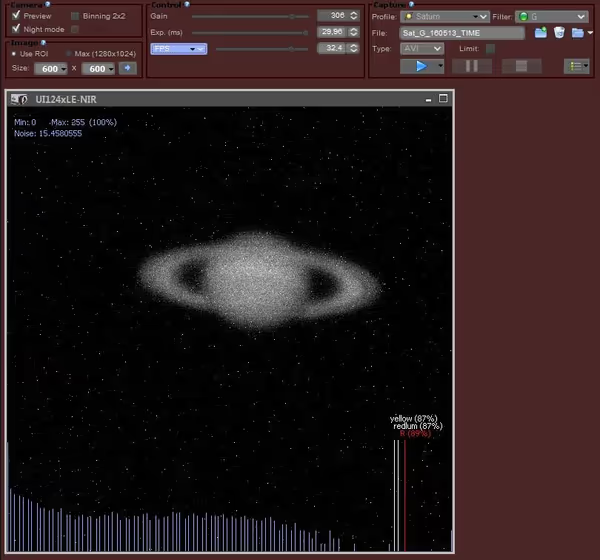
Astrophotography
The sensor is big with a 1/1.8" diagonal. It's as big as in TIS DMK51. Such big sensor is handy for lunar and solar imaging. For planets you don't need such size, although this camera supports faster recording on smaller sub-frames. It's an universal camera. It's more expensive than DMK21AU618, but cheaper that big DMK models and alike. It may not be the best planetary camera, but it's probably one of the best all-around cameras.
The camera has very low noise on bright objects. Bit longer exposures on high gain will however gave noticeable noise.
The EV76C661 works in rolling and global shutter mode. Due to the global shutter it's mounted in many cameras. You won't find EV76C660 cameras as this sensor works only with rolling shutter. This shutter isn't also perfect for planetary imaging but it seems to work when the conditions are good. Global shutter mode in EV76C661 is rather useless - much higher noise.
Gallery
Sun 19.05.2013
Single Stack:



Saturn 16.05.2013
f/25; 16.05.2013 19:58 UT. RedLum-RGB, kanał RedLum


Moon 23.04.2013





Saturn 23.03.2013
Yellow-RGB, RedLum-RGB 2x; 23:42-23:49 UT:



Sun 17.03.2013
1.5x Single Stack:







Saturn 19.05.2013
YRGB, RedLumRGB,yellow channel 19:52-20:05 UT


Sun 06.07.2013
PST Single Stack 1.5x:



Comment article